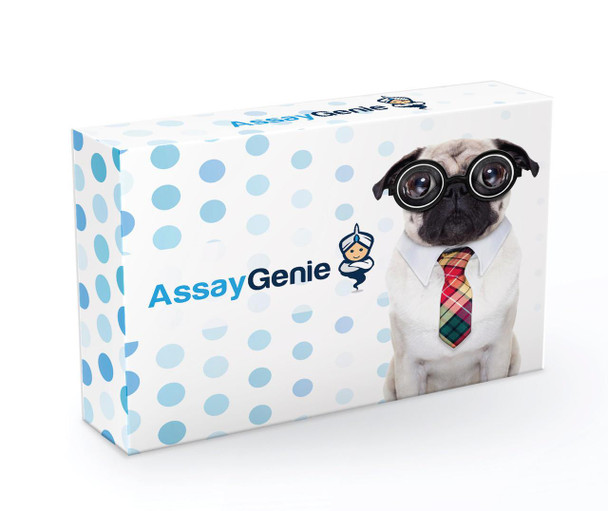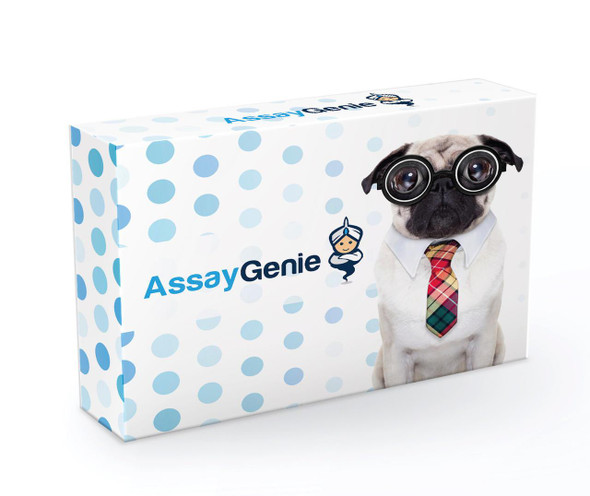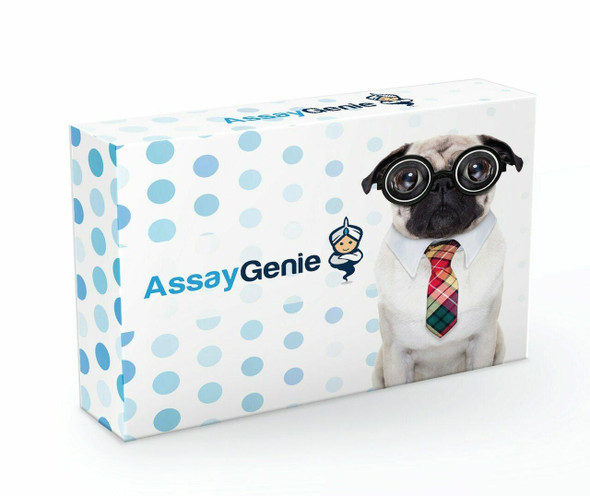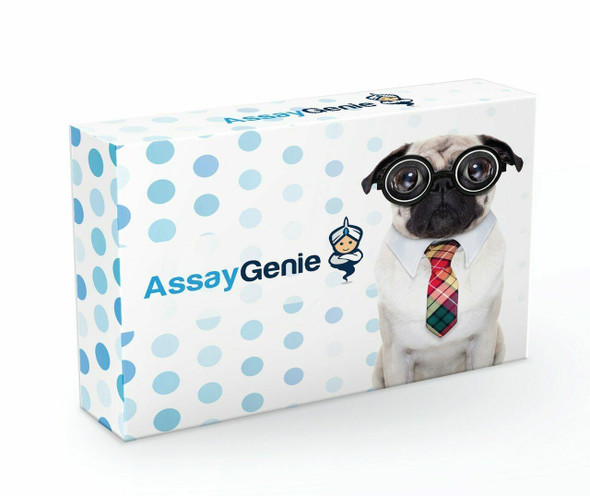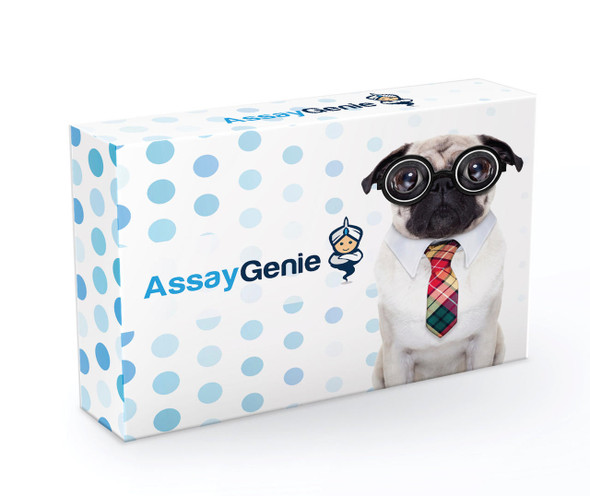Description
| Product Name: | Avian Influenza Virus H7 Antibodies ELISA Kit |
| Target: | AIV-H7-Ab |
| SKU: | AEES00735 |
| Size: | 96T |
| Reactivity: | Poultry |
| Sample Type: | Serum, Plasma, Yolk |
| Detection Method: | Competitive ELISA |
| Assay Time: | 75 min |
| Result Type: | Qualitative; Sensitivity>98%, Specificity>98% |
| Detection Wavelength: | 450/630nm |
| Storage: | The majority of kits have a shelf-life of 12 months from the production date at 2-8℃. |
| Component | Specification |
| ELISA Microtiter plate | 96 Wells |
| HRP Conjugate | 11 mL |
| 25×Concentrated Wash Buffer | 40 mL |
| Substrate Reagent A | 6 mL |
| Substrate Reagent B | 6 mL |
| Antibody Working Solution | 6 mL |
| Stop Solution | 6 mL |
| Positive Control | 1 mL |
| Negative Control | 1 mL |
| Plate Sealer | 3 pieces |
| Plate Sealer | 1 piece |
| Sealed Bag | 1 copy |
Other materials and equipment required:
- Microplate Reader with 450nm wavelength filter or dual-wavelength (450/630nm)
- High-precision transferpettor, EP tubes and disposable pipette tips
- 37℃ incubator or water bath
- Deionized or distilled water
- Absorbent paper
This kit applies the Competitive-ELISA as the method for the in vitro qualitative detection of concentration of antibodies to Avian Influenza Virus H7 (AIV-H7) in samples. The ELISA Microtiter plate provided in this kit has been pre-coated with the AIV-H7 antigen. In the experiment, add control serum, samples and Antibody Working Solution into plate.AIV-H7 antibodies in the samples will compete with the antibody in the working solution to bind with the antigen pre-coated on the Microplate. Then wash to remove unbound antibodies and other components, add the HRP Conjugate to specifically bind with the compound of antibody and antigen on the Microplate and the unbound HRP Conjugate will be removed by washing. Add TMB substrate to the wells, it will react with the enzyme and become blue, the shade of color is of negative correlation with AIV-H7 antibody levels in the samples. At last, end the reaction by adding Stop Solution to produce a yellow product. Measure the absorbance value of each well by using a Microplate Reader with 450 nm wavelength, then we can judge whether AIV-H7 antibody exist in the sample.
| Step 1: | Take out the Microtiter plate, set 2 wells for negative/positive control respectively. The unused ELISA Microtiter plate should be sealed as soon as possible and stored at 2~8℃. Standard and Samples need test in duplicate. |
| Step 2: | Add sample: Add 50 μL of positive/negative control to the wells respectively, add 10 μL of sample and 40 μL of Wash Buffer to each sample well. |
| Step 3: | Incubate: Then add 50 μL of Antibody Working Solution to each well. Gently tap the plate to ensure thorough mixing, incubate at 37℃ for 30 min. |
| Step 4: | Wash: Remove the liquid in each well. Immediately add 300 μL of Wash Buffer to each well and wash. Repeat wash procedure for 5 times, 30 s intervals/time. Invert the plate and pat it against thick clean absorbent paper (If bubbles exist in the wells, clean tips can be used to prick them). |
| Step 5: | HRP conjugate: Add 100 µL of HRP Conjugate into each well, and incubate at 37℃ for 30 min. |
| Step 6: | Wash: Repeat Step 4 for washing. |
| Step 7: | Color Development: Add 50 µL of Substrate Reagent A and 50 µL of Substrate Reagent B into each well, gently tap the plate to ensure thorough mixing, incubate for 15 min at 37℃. Protect from light. |
| Step 8: | Stop reaction: Add 50 µL of Stop Solution into each well, gently mix. |
| Step 9: | OD Measurement: Measure the absorbance value (A-value) of each well by using a Microplate Reader with 450 nm wavelength (use 630 nm as reference wavelength). |
| Serum/plasma: | Use the conventional method to prepare serum/plasma, the serum/plasma must be clear, no hemolysis and no pollution. Samples can be conserved at 2~8 ℃ in 1 week, and it should be stored at -20℃ for long-term storage. Yolk: Take 2 mL of fresh yolk and add 2 mL of normal saline, oscillate to mix fully. Centrifuge at 3000 rpm for 15 min, take the supernatant for detection. |
| Wash Buffer: | The 20× Concentrated Wash Buffer should be adjusted to room temperature before use, then dilute it with deionized or distilled water at 1:19. |

